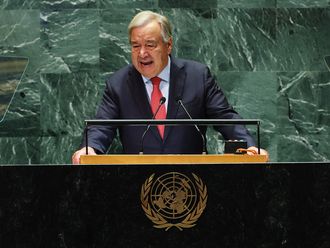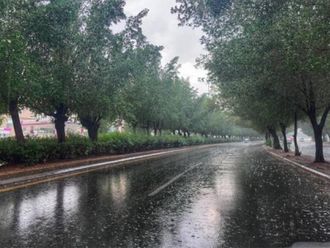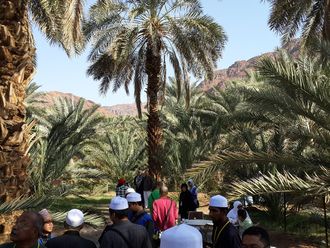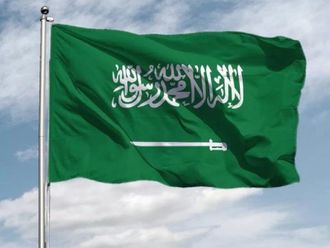Geneva: Iran has completed the installation of nearly 3,000 nuclear-fuel production machines at its underground military facility near the holy city of Qom, providing Tehran the capability to double its production of medium-enriched uranium in the coming months, a new report said.
These advances, outlined in a report on Iran by the International Atomic Energy Agency, the United Nations nuclear watchdog, could allow Tehran’s Islamist leaders to accumulate in as little as three to four months enough uranium enriched to 20 per cent purity for one atomic weapon, according to nuclear experts. Israeli Prime Minister Benjamin Netanyahu has cited this level of nuclear-fuel production as the “red line” for when the Jewish state might launch military strikes against Iran’s nuclear facilities. Iran was likely to amass this stockpile of fissile material by next summer, Netanyahu estimated in a September speech at the UN
The installation of the nearly 3,000 centrifuge machines at Qom could allow it to reach this point much quicker, experts say, if the machines there and at a second nuclear-fuel site at the city of Natanz are utilised.
“The number of centrifuges are steadily increasing, which diminishes the time for a breakout for a nuclear weapons in two ways,” said Olli Heinonen, a former chief weapons inspector at the IAEA. “Iran’s inventories will increase as well as its pace of production.”
Iran currently has a stockpile of 232 kilograms of 20 per cent enriched uranium, of which 96 kilograms has been detected for the production of fuel plates, according to the IAEA. Nuclear experts estimate that Iran would need 220 to 250 kilograms to produce one nuclear weapon.
They said Iran’s rate of quarterly production could grow to around 25 kilograms per month with the Qom facility fully operational.
To make a bomb, Iran would then need to convert this stockpile to weapons-grade levels, which is around 90 per cent purity. This is estimated to take an additional few months.
The Obama administration and European governments said on Friday that the advances at Qom intensified their desire to resume negotiations with Tehran over its nuclear programme. Iran denies it is pursuing nuclear weapons.
Three rounds of talks held so far this year between Iran and the five permanent members of the UN Security Council, plus Germany, have achieved few results. But US President Barack Obama said last week that he will use his November 6 re-election to push for a fourth round of negotiations by year-end.
A US official who studied the IAEA’s new report said Western countries are closely monitoring Qom to see when, and if, Iran will put on line all 3,000 centrifuges. “The fact that they’re now capable of producing a lot more raises questions,” said the official. “Why haven’t they turned them all on yet? Is it a threat?”











